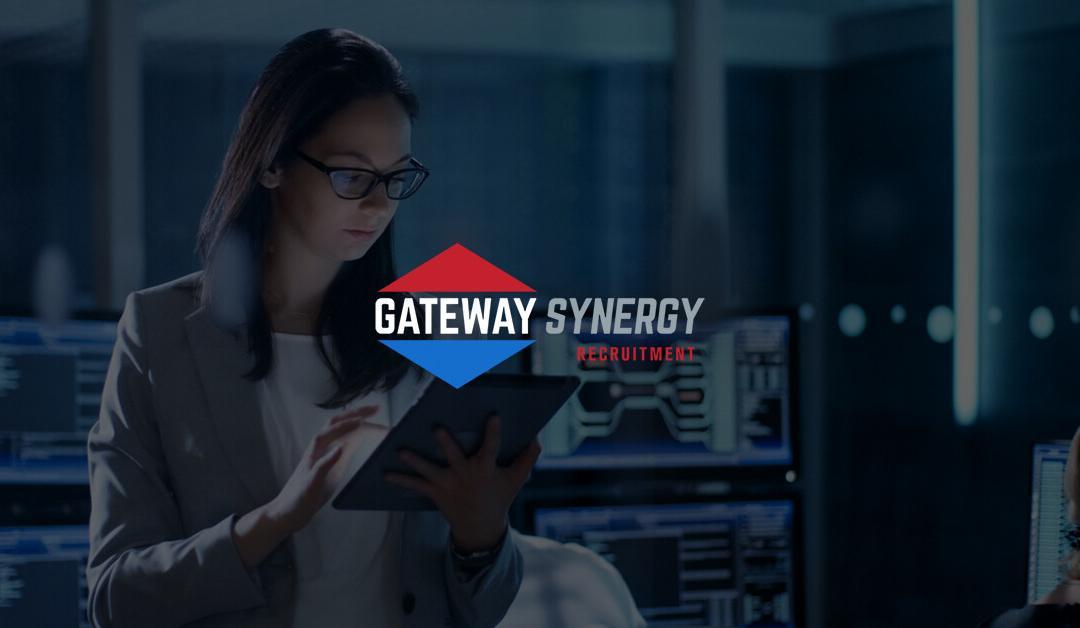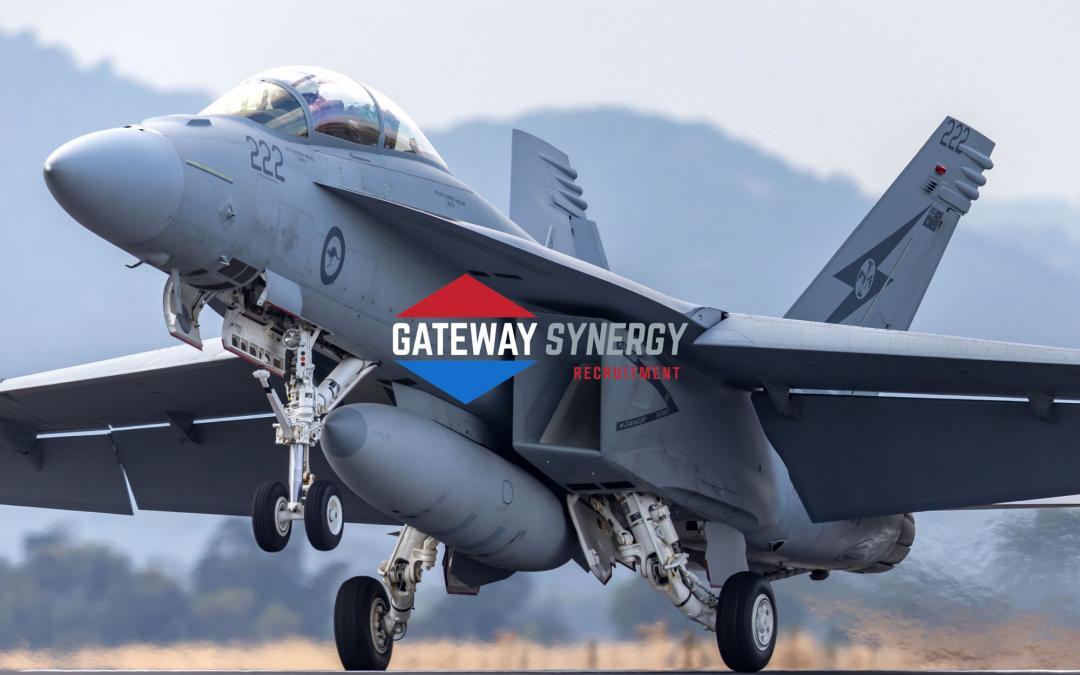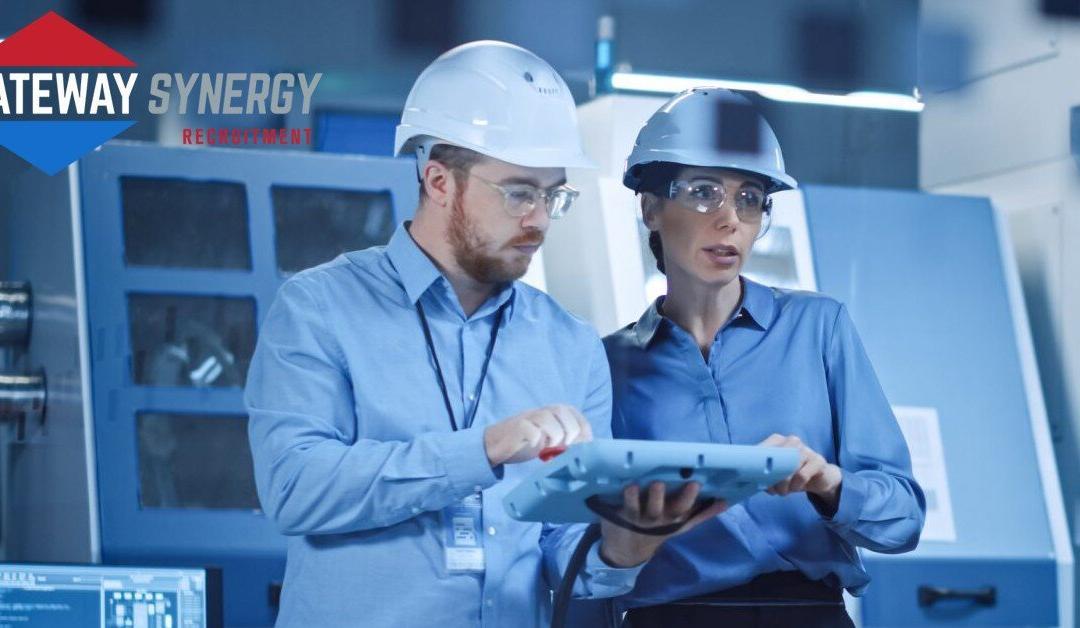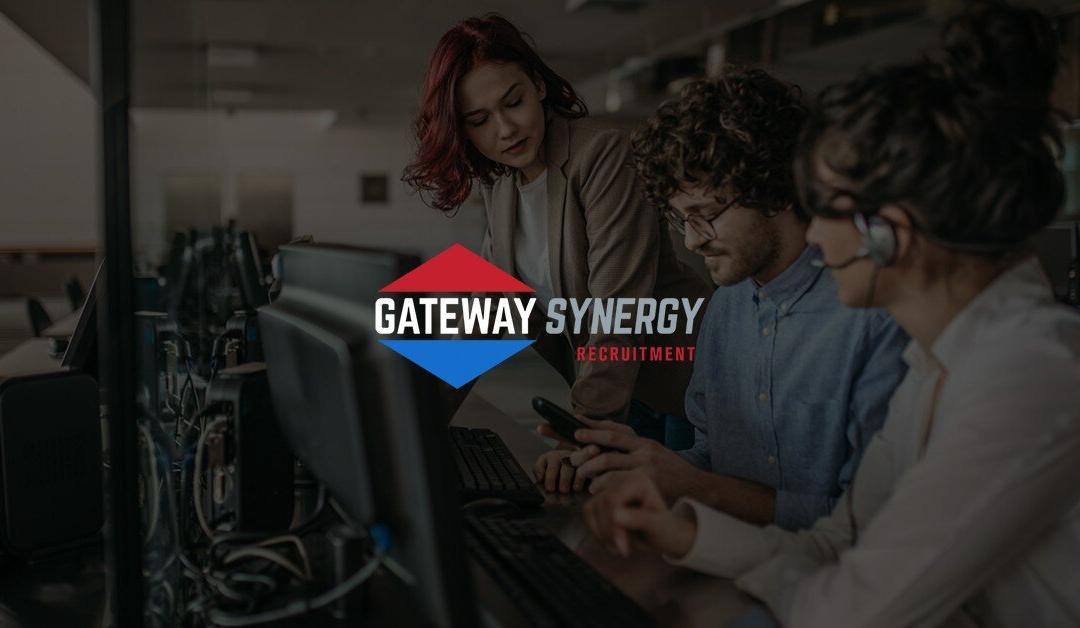
by Josh Seaman | Jul 20, 2024 | Defence, Veterans
In Australia, veterans possess a wealth of skills and experience that can greatly benefit civilian workplaces. However, transitioning from military to civilian employment can be challenging for veterans due to differences in work culture and practices. Employers who are keen to harness the potential of veterans need to create an environment that is both inclusive and supportive. This article provides practical tips and strategies for employers to foster veteran-friendly workplaces.
Understanding the Veteran Experience
The first step in creating a veteran-friendly workplace is understanding the unique experiences and challenges veterans face. Many veterans have been through rigorous training and high-stress situations, which means they often possess strong leadership, problem-solving, and teamwork skills. However, they may also face issues such as adjusting to a less structured environment or dealing with the psychological impact of their service. Recognising and respecting these experiences is crucial.
Inclusive Recruitment Practices
To attract veteran talent, it’s important to adopt inclusive recruitment practices. This can include:
– Targeted Job Advertisements: Post job openings on platforms that veterans frequently visit, such as veteran support organisations and job boards dedicated to veterans.
– Skill Translation: Ensure job descriptions are written in a way that military skills and experiences are easily translated to civilian roles. Veterans may not be familiar with civilian job titles or jargon, so clarity is key.
– Supportive Application Process: Simplify the application process and offer assistance where needed. Consider holding information sessions or workshops to help veterans understand the application and interview process.
Creating a Supportive Work Environment
Once veterans are employed, maintaining a supportive environment is essential for their long-term success and well-being. Strategies include:
– Mentorship Programs: Pair veterans with experienced mentors who can help them navigate the new work culture and provide ongoing support.
– Flexible Working Arrangements: Offer flexible hours or remote work options to accommodate veterans who may need to attend medical appointments or counselling sessions.
– Recognition and Appreciation: Regularly acknowledge and appreciate the contributions of veteran employees. This can be through formal recognition programs or simple gestures of appreciation.
Training and Development
Investing in the continuous development of veteran employees is beneficial for both the individual and the organisation. Consider the following:
– Tailored Training Programs: Provide training that is specifically designed to bridge any skills gaps that veterans may have. This can include both technical training and soft skills development.
– Career Progression: Create clear pathways for career progression within the organisation. Veterans often have a strong desire to continue advancing and contributing meaningfully.
– Health and Wellbeing Programs: Implement health and wellbeing programs that address both physical and mental health. Providing access to counselling services, fitness programs, and stress management workshops can make a significant difference.
Fostering a Culture of Respect and Understanding
Building a culture that respects and understands the veteran experience is key to a veteran-friendly workplace. Encourage open communication and foster a sense of community among employees. Provide training to non-veteran staff on the value veterans bring to the workplace and how to support their colleagues effectively.
Conclusion
Creating a veteran-friendly work environment in Australia requires commitment and understanding from employers. By adopting inclusive recruitment practices, offering tailored support and training, and fostering a culture of respect, employers can not only help veterans transition successfully but also benefit from the unique skills and perspectives they bring. Embracing these strategies will contribute to a more inclusive and dynamic workplace for all.

by Josh Seaman | Jul 13, 2024 | Defence, Veterans
Transitioning from military service to civilian employment can be a challenging process for veterans. The skills and experiences gained during service are invaluable, but translating them into a civilian context requires careful planning and support. This guide provides Australian veterans with practical advice to navigate this transition successfully.
Understanding the Transition
The transition from military to civilian employment is not just about finding a new job; it’s about adapting to a different environment and culture. The structured nature of military life contrasts with the often more flexible and informal civilian workplace. Understanding these differences is the first step in making a successful transition.
Step 1: Self-Assessment
Begin by conducting a thorough self-assessment. Identify your skills, strengths, and experiences from your military service that are transferable to civilian jobs. Consider both technical skills and soft skills such as leadership, teamwork, and problem-solving. This self-awareness will help you articulate your value to potential employers.
Step 2: Translating Military Skills
One of the biggest challenges veterans face is translating military terminology into civilian job descriptions. Use resources like the Australian Defence Force Transition Support Service, which offers tools to help you convert your military experience into civilian terms. Tailoring your resume to highlight relevant skills in a language that civilian employers understand is crucial.
Step 3: Education and Training
Depending on your career goals, additional education or training may be necessary. Research vocational training programs, certifications, or degrees that align with your desired career path. Many Australian institutions offer support for veterans, including financial aid and tailored programs to help bridge any gaps in skills or qualifications.
Step 4: Networking
Networking is a powerful tool in the job search process. Attend job fairs, join professional organisations, and connect with other veterans who have successfully transitioned to civilian roles. Online platforms like LinkedIn can also be valuable for building your network and learning about job opportunities.
Step 5: Utilising Support Services
Take advantage of the various support services available to Australian veterans. Organisations such as Soldier On, RSL Employment Program, and the Department of Veterans’ Affairs offer career counselling, job placement services, and other resources to assist in your transition. These services can provide personalised guidance and support tailored to your unique needs.
Step 6: Preparing for Interviews
Interviewing for a civilian job can be different from military promotion boards. Practice common interview questions and scenarios, and consider seeking feedback from career counsellors or mentors. Highlight your military achievements in a way that demonstrates their relevance to the civilian role you’re applying for.
Step 7: Adapting to Civilian Work Culture
Once you secure a job, adapting to the civilian work culture is essential. Be prepared for differences in communication styles, workplace hierarchies, and performance expectations. Approach this transition with an open mind and a willingness to learn. Your adaptability, honed through military service, will be a significant asset.
Step 8: Seeking Ongoing Support
Even after securing employment, seeking ongoing support can be beneficial. Join veteran support groups and stay connected with organisations that offer career development resources. Continuous learning and professional growth are vital components of a successful career transition.
Conclusion
The transition from military to civilian employment is a significant life change, but with the right approach and resources, it can lead to a rewarding and fulfilling career. By understanding the process, leveraging available support, and applying your unique skills, you can navigate this transition effectively. Remember, your military service has equipped you with valuable experiences that can greatly benefit civilian employers.

by Josh Seaman | Jan 6, 2023 | Defence
In Australia, defence security clearance levels are used to assess the suitability of individuals for employment in the defence industry or for access to classified information. There are four levels of clearance: Baseline, Negative Vetting Level 1 (NV1), Negative Vetting Level 2 (NV2), and Positive Vetting (PV).
Baseline clearance is the lowest level of clearance and is suitable for access to information that is not sensitive. It is generally easier to obtain than the other levels of clearance.
NV1 clearance is required for access to sensitive information that may cause damage to national security if disclosed. It is a more stringent process than Baseline clearance and involves a thorough background check.
NV2 clearance is the highest level of negative vetting clearance and is required for access to information that is highly sensitive and could cause exceptionally grave damage to national security if disclosed. It is a more extensive process than NV1 clearance and includes a more detailed background check.
PV clearance is the highest level of clearance and is required for access to information that is classified as top secret. It is a very thorough and lengthy process that includes a detailed background check, interviews with references, and a polygraph examination.
To be eligible for a defence security clearance in Australia, individuals must be an Australian citizen and be able to meet the character requirements for the level of clearance they are seeking. This includes being of good character and having a stable financial and personal background. In addition, individuals must be able to pass a background check that includes a review of their employment history, criminal history, and other relevant factors.
What is the process in applying for an Australian security clearance?
The process for applying for an Australian security clearance typically involves the following steps:
- Determine your eligibility: To be eligible for a security clearance, you must be an Australian citizen and be able to meet the character requirements for the level of clearance you are seeking. This includes being of good character and having a stable financial and personal background.
- Submit an application: To apply for a security clearance, you will need to complete an online application form and provide supporting documentation such as proof of citizenship and employment history.
- Undergo a background check: Once your application has been submitted, a background check will be conducted to verify the information you have provided and to assess your suitability for a security clearance. This may include a review of your employment history, criminal history, and other relevant factors.
- Attend an interview: Depending on the level of clearance you are seeking; you may be required to attend an interview with a security officer. This is an opportunity for the officer to ask you questions about your background and to clarify any issues that may have arisen during the background check.
- Wait for a decision: After all the necessary checks have been completed, a decision will be made on your security clearance. If your clearance is granted, you will receive a notification in writing. If your clearance is denied, you will also be notified in writing and given the opportunity to appeal the decision.
Overall, the process for applying for a security clearance in Australia can be lengthy and may take several months to complete. It is important to be patient and to follow the process carefully to ensure a successful outcome.
Can you get a security clearance if you have a criminal record?
Having a criminal record does not necessarily disqualify an individual from obtaining a security clearance in Australia. However, it is important to note that the security clearance process involves a thorough review of an individual’s background, including their criminal history.
The severity and nature of any criminal offenses will be taken into consideration when determining an individual’s suitability for a security clearance. Offenses that may raise concerns include crimes involving dishonesty, violence, or drugs, as well as offenses that indicate a disregard for the law.
If an individual has a criminal record, it is important to be transparent and disclose this information on their security clearance application. Failure to disclose a criminal record may result in the application being denied or the clearance being revoked.
Ultimately, the decision to grant a security clearance to an individual with a criminal record will depend on the specific circumstances of the case and the level of risk that the individual poses to national security.
Do you need a company to sponsor the application?
In general, you do not need a company to sponsor your application for a security clearance in Australia. However, you will typically need to have a specific job or need for a security clearance in order to apply. For example, you may be required to hold a security clearance as a condition of employment in the defence industry or if you will be working with sensitive government information.
In these cases, your employer may assist you with the security clearance process by providing information or supporting documentation as needed. However, the ultimate responsibility for obtaining a security clearance lies with the individual applicant.
It is also worth noting that certain levels of security clearance may require sponsorship from a government agency or department. For example, Positive Vetting (PV) clearance, which is the highest level of clearance in Australia, must be sponsored by a government agency or department. In these cases, the sponsoring agency or department will typically provide guidance on the security clearance process and assist with the necessary documentation.
There is always a lot of baseline clearance level roles within the Defence Industry sector, however it is noted that those roles are typically much lower level of remuneration, so if you are thinking of a career in the defence Industry you should consider getting a security clearance to boost your earning capacity and eligibility for the top paying jobs.
For more information, please visit our careers page Careers ⋆ Gateway Synergy Recruitment
Top of Form
Regenerate response

by Josh Seaman | Dec 15, 2022 | Defence
The Aerospace sector of the Defence Industry is an integral component for the security and safety of Australia. Aerospace jobs are highly sought-after and include positions in the Army, Navy, and Air Force. The best paying Aerospace jobs tend to be at senior level positions such as Aerospace Engineers or Managers.
Recent strategic objectives of the Australian Government have focused on increasing Aerospace capabilities. To achieve this, the Government has identified Aerospace as a critical shortage area and introduced various projects to address this need. As part of these initiatives, the Government has increased funding for Aerospace research and development projects, worked with industry partners to provide more Aerospace training opportunities and invested in technology upgrades.
These efforts are helping to ensure that Aerospace personnel have the knowledge and skills needed to help Australia meet its Aerospace security objectives. With more job opportunities available, those interested in Aerospace careers can look forward to a bright future in the Defence Industry Aerospace sector.
As an Aerospace professional working in the Defence Industry, you can expect to earn competitive salaries with career growth potential. In addition, you may have the opportunity to work with the US Defence Force on Aerospace projects and strategic partnerships. The Aerospace sector holds great promise for those looking to be a part of Australia’s defence industry. Ultimately, Aerospace professionals in the Defence Industry are helping to ensure that Australia remains safe and secure. With an ever-evolving Aerospace industry, Aerospace personnel will be in high demand to help Australia reach its strategic Aerospace objectives.
The Aerospace sector of the Defence Industry is an integral component for the security and safety of Australia. Aerospace jobs are highly sought after, ranging from positions in the Army, Navy and Air Force to Aerospace Engineers and Managers at senior levels. Aerospace professionals in this sector can expect to earn competitive salaries with career growth potential as well as having the opportunity to work with America’s Defence Force on strategic partnerships.
Recent strategic objectives of the Australian Government have focused on increasing Aerospace capabilities, identifying Aerospace as a critical shortage area and introducing various projects to address this need.
As part of these initiatives, the Government has increased Aerospace research and development funding, worked with industry partners to provide more Aerospace training opportunities and invested in technology upgrades. These efforts are helping to ensure that Aerospace personnel have the knowledge and skills needed to help Australia meet its Aerospace security objectives. With more job opportunities available, those interested in Aerospace careers can look forward to a bright future in the Defence Industry Aerospace sector. Ultimately, Aerospace professionals in the Defence Industry are helping to ensure that Australia remains safe and secure.
The Australian Government and Defence Force have demonstrated great interest in the B-21 Raider, a long-range strike platform developed by the US Air Force. The program is expected to support the development of a fifth generation stealth bomber that can penetrate enemy air defenses with greater agility and precision. The B-21 Raider is expected to provide Australia with an advanced strategic capability, enabling it to conduct operations across all domains including land, sea, and air.
In addition to its primary mission as a long-range strike capability, the B-21 Raider is also being designed for maritime surveillance, electronic warfare, and even intelligence gathering operations. The platform has been designed to fly at high altitudes in order to minimize its radar signature while still providing effective coverage over large areas of interest. The aircraft will be equipped with advanced sensors and other technologies that will enable it to detect targets of opportunity and launch precision strikes. The B-21 Raider’s ability to respond quickly in multiple environments makes it an ideal asset for Australia’s defence capabilities.
Australia’s commitment to the B-21 Raider program demonstrates its continued interest in developing new Aerospace capabilities that can provide greater security against threats in our region. The aircraft promises to offer improved defensive capabilities with enhanced range and flexibility compared to current platforms, making it an attractive option for both combat missions and training exercises. The impressive speed of this fifth generation fighter provides Australia with an edge against potential adversaries as well as increased survivability due to its extensive array of active protection systems.
The introduction of the new B-21 Raider platform will allow Australia’s Defence Force personnel access to world class technology for maximum efficiency when conducting operations around the globe. This cutting edge platform is sure to improve Australia’s overall response time during global conflicts or regional engagements while providing superior defending capabilities from any form of attack by hostile forces.
The F-35 Joint Strike Fighter Program (JSF) is a highly advanced and technologically sophisticated multi-role aircraft program initiated by the US Government that has been designed to strengthen air combat capabilities of the United States and its allies. The aircraft is the world’s most advanced combat jet, with features such as an integrated avionics system, stealth technology, supersonic speed and multi-role capabilities. The F-35 program includes three separate aircraft models: The F-35A conventional take-off and landing variant; The F-35B short take-off and vertical landing variant; The F-35C carrier variant.
The primary contractor building the aircraft is Lockheed Martin, while Northrop Grumman, BAE Systems and Pratt & Whitney are responsible for the manufacture of subsystems such as the engine, radar systems and weapons. The US Government has invested billions of dollars in research and development of the Jet to ensure it meets or exceeds all expectations. This investment resulted in significant improvements to performance, range, payload capacity and survivability over previous generations of fighter aircraft.
Australia is one of nine partner countries involved in this program, along with Canada, Denmark, Italy, Norway, Netherlands, Turkey, United Kingdom and United States who are actively engaged in development activities on the project. Through their involvement in this program Australia has been able to develop new skillsets within their workforce that are applicable not only to the aerospace sector but also other industries across multiple areas such as research & development (R&D), engineering & manufacturing (E&M) and test & evaluation (T&E).
Australia’s participation in this program demonstrates their commitment towards strengthening global defence capabilities through collaboration with likeminded countries. The government has signed an agreement with Lockheed Martin which outlines a series of commitments and establishes an enduring partnership between Australian industry members and Lockheed Martin on aspects relating to long term sustainment activities for the Aircraft fleet operating within Australia. This agreement enables important local jobs for Australians working in both large companies as well as smaller businesses who are part of this Defence Industry Aerospace sector.
The F-35 platform is sure to improve Australia’s overall response time during global conflicts or regional engagements while providing superior defending capabilities from any form of attack by hostile forces. The F-35 Joint Strike Fighter Program is an important asset for Australia in terms of defence and international collaborations, with its introduction set to change the face of modern Defence as we know it. The partnership between countries involved in this program should be seen as a model for successful collaboration and shows what can be achieved when nations work together towards common goals. With the continued development of new technologies, the possibilities are endless in terms of capability and range that this aircraft provides. The future looks bright for the F-35 program and is sure to be a key element
If you are looking to join the Aerospace sector of the Defence Industry, it is important to research and understand the job opportunities available in Aerospace. With more Aerospace jobs being made available each year, there has never been a better time to pursue an Aerospace career. Take action today and explore the Aerospace Defence Industry!
For more information contact or visit www.gatewaysynergy.com.au

by Josh Seaman | Dec 6, 2022 | Defence
The Marine Engineering sector plays a vital role in the Australian Defence Force and defence industry, providing world-class service to the country. Marine Engineers and Technicians are responsible for maintaining, operating and repairing ships and other marine vessels within Australia’s naval fleet and beyond.
This rewarding profession is paid well, with the average annual salary ranging from $60k-$100k in the NAVY depending on experience. With numerous roles available, there has never been a better time to join the defence force or defence industry as a Marine Engineer or Technician where you can earn in the hundreds of thousands of dollars PA with further training and qualifications that are relevant in the Australia ship building sector.
Current challenges in this sector include managing recruitment processes such as background checks as well as handling various technical aspects; however these issues can be easily overcome with proper training and support from experienced professionals.
Furthermore, the Australian Government has recently announced a major increase in defence spending, which is expected to bring significant growth and higher levels of investment into Marine Engineering. This means more jobs and better opportunities for those already working and considering a career in this area.
Marine engineering jobs are essential in ensuring Australia’s ship building capabilities remain strong. As such, Marine Engineers and Technicians play an important role in helping maintain the country’s defence capacity as well as providing invaluable services to the Navy. With plenty of job openings available across Australia, now is the time to take advantage of these great opportunities!
All in all, Marine Engineering provides rewarding careers with excellent pay and job security, making it an attractive prospect for many aspiring professionals. With increasing demand and investment in the sector, there has never been a better time to get involved!
Data from LinkedIn shows that Marine Engineering is one of the most sought-after professions in Australia, with more than 2000 jobs advertised across all six states. Queensland holds the highest number of jobs at over 500 postings, followed by Victoria and New South Wales. Meanwhile, Western Australia holds around 300 positions while South Australia and Tasmania have less than 100 roles available each. Therefore, depending on which state you live in, there could be plenty of opportunities waiting for you!
In conclusion, Marine Engineering offers rewarding career prospects with great pay and job security throughout the Australian defence force and industry. With an increasing demand for qualified professionals and higher levels of investment, Marine Engineers and Technicians are more important than ever for the country. So, why not take advantage of these amazing opportunities and make a difference in Australia’s defence capacity!
For more information checkout gatewaysynergy.com.au careers page for more information.

by Josh Seaman | Nov 4, 2022 | Defence
ALLOCATION OF FUNDS
Above the line refers to the areas of the budget where money is allocated for discretionary spending, while below the line refers to the mandatory spending that makes up the majority of government spending. The above the line/below the line distinction is important because it reflects the different ways in which money can be spent. Above the line spending is voted on by parliament and can be changed or cancelled relatively easily, while below the line spending is set in stone and cannot be easily changed. This difference in flexibility reflects the different priorities of above and below the line spending. Above the line spending is focused on things like defence and government administration, while below the line spending is focused on things like social welfare and healthcare.
The different priorities of above and below the line spending are also reflected in the different ways in which money is raised. Above the line spending is funded by taxes, while below the line spending is funded by government borrowing. This difference reflects the different priorities of the two types of spending. Above the line spending is seen as more important, since it is necessary for running the government and defending the country. Below the line spending is seen as less important, since it is not necessary for running the government or defending the country. This difference in priority means that above the line spending is more likely to be funded by taxes, while below the line spending is more likely to be funded by government borrowing.
This difference in funding can have serious consequences for the economy. Above the line spending is funded by taxes, which means that there is less money available for private sector investment. This can lead to a decrease in economic growth and an increase in unemployment. Below the line spending, on the other hand, is funded by government borrowing, which means that there is more money available for private sector investment. This can lead to an increase in economic growth and a decrease in unemployment.
Above and below the line spending can also have serious consequences for government debt levels. Above the line spending is funded by taxes, which means that government debt levels will increase if there is a shortfall in tax revenue. Below the line spending, on the other hand, is funded by government borrowing, which means that government debt levels will increase if there is a shortfall in borrowing capacity. This difference in funding can lead to a significant increase in government debt levels over time.
Above the line and below the line spending is also reflected in the different ways in which money is allocated for defence. Above the line spending is focused on things like military hardware, while below the line spending is focused on things like personnel and pensions. This difference in focus reflects the different priorities of above and below the line spending. Above the line spending is focused on defending the country, while below the line spending is focused on taking care of the people who defend the country. This difference in priority means that above the line spending is more likely to be focused on military hardware, while below the line spending is more likely to be focused on personnel and pensions.
ALLOCATION OF RESPONSIBILITIES
Above the Line (ATL) organisations are working on behalf of the Commonwealth (Defence). When the Australian Defence Force (ADF) has a capability requirement, ATL companies help Defence define it, acquire it and sustain it. ATL people tend to approach projects at a concept level, and help Defence evaluate their needs and assess outcomes.
Below the Line (BTL) organisations, on the other hand, are tasked with delivery of the contracted capabilities. They’re the ones who get into the detailed design and delivery aspects of a given piece of equipment or system.
ABOVE THE LINE
The role of ATL organisations is to understand the higher-level capabilities required by the ADF, assist in the concept development, management of the tender process, contract negotiations, governance and reviews, and ensure the project is properly delivered. It’s important to note that this work is always being undertaken on behalf of Defence.ATL will help the ADF define what the capability requirement is and develop a Request for Tender (RFT). ATL also contribute to tender evaluation to make sure that Defence engages the right BTL solution.Commonly, Defence appoints ATL support through the Capability Acquisition and Sustainment Group’s (CASG) Defence Support Services (DSS) panel
BELOW THE LINE
Once a tender has been released to market, it’s up to BTL to bid for it.
BTL organisations interested in winning the project will put in a bid for the work, including planning, designing, and presenting a solution that they believe meets the capability requirement. After a thorough assessment and negotiation phase, the successful BTL company will be awarded the contract. That’s when they can get cracking with the project.
The role of BTL is to build, test, integrate, and coordinate the completion and delivery of the capability throughout the tender process. The details they need to deliver on include timelines, budget, workforce, and project specifications. The ATL organisations will work with them to oversee the delivery phases, assess their progress, and give feedback according to the needs of the ADF.
The department responsible for above the line defence spending is the Ministry of Defence. This ministry is responsible for allocating money for things like military hardware, and it is responsible for ensuring that the military has the resources it needs to defend the country.
The department responsible for below the line in defence spending is the Ministry of Defence. This ministry is responsible for allocating money for things like personnel and pensions, and it is responsible for ensuring that the military has the resources it needs to take care of the people who defend the country.
If you’re considering a career in the defense industry, then it’s important to consider the above, working above or below, public or private will have a very different feel and responsibilities to the job. For more information regarding defence industry jobs contact Gateway Synergy Recruitment for a free discussion or visit www.gatewaysynergy.com.au







Recent Comments